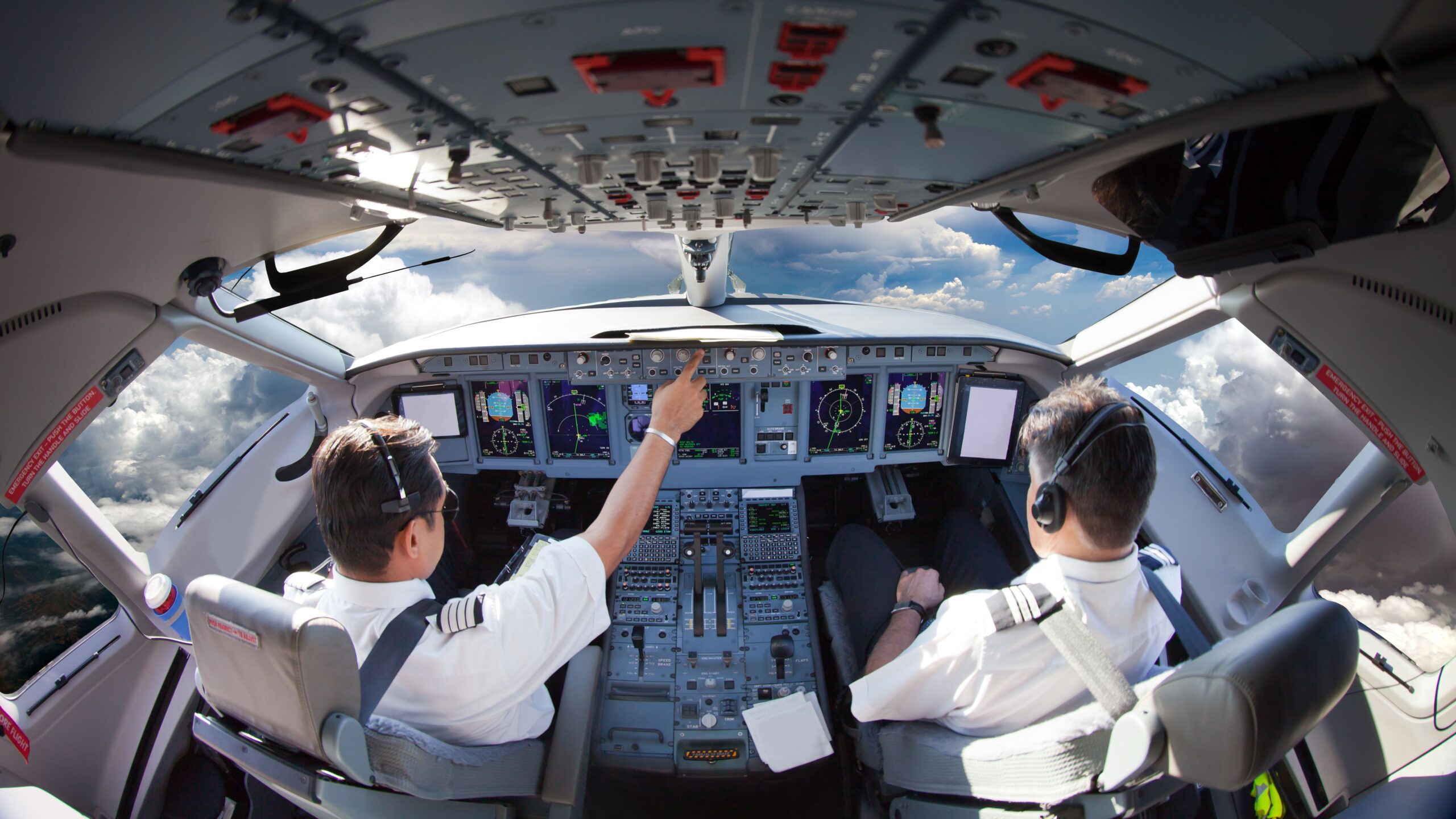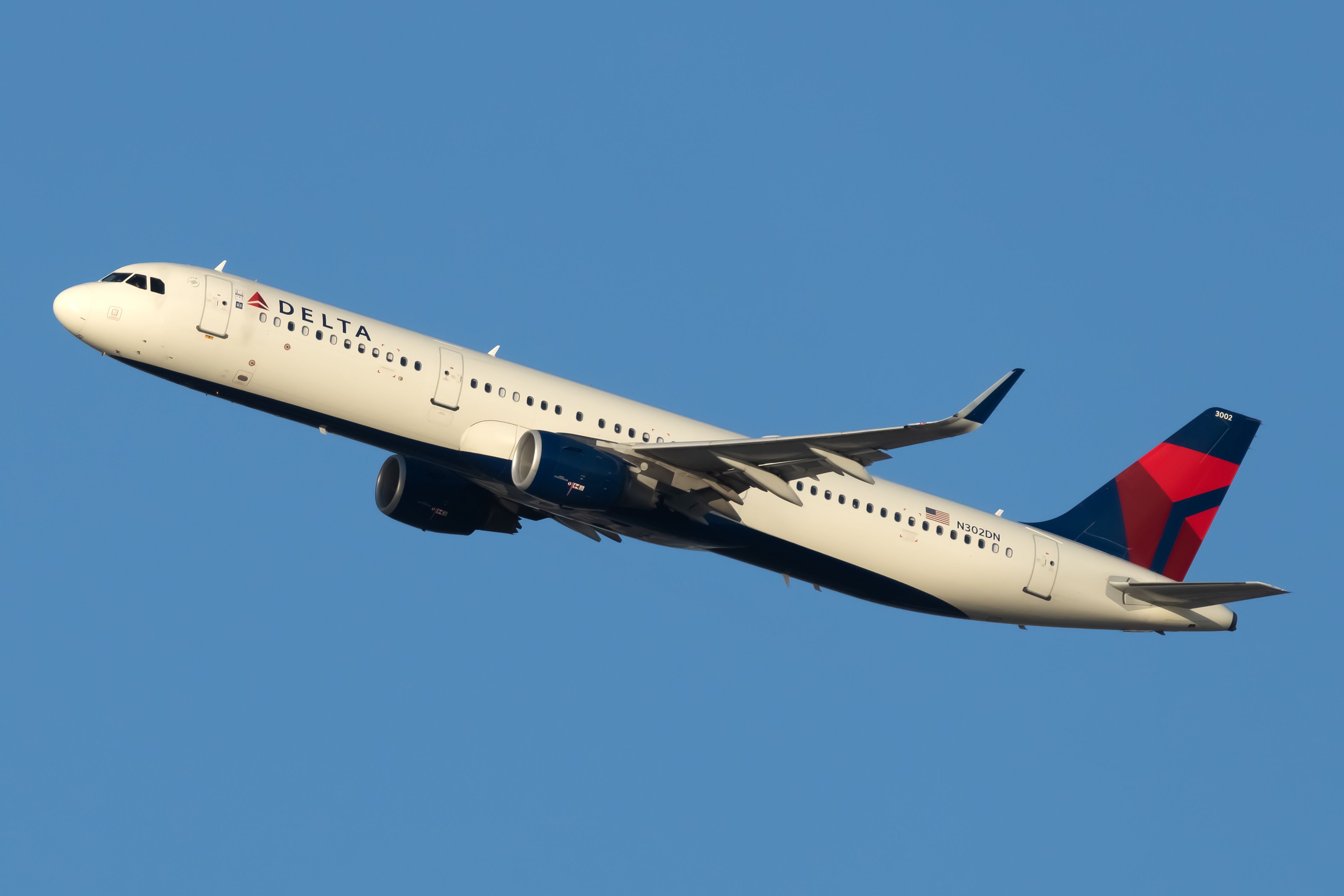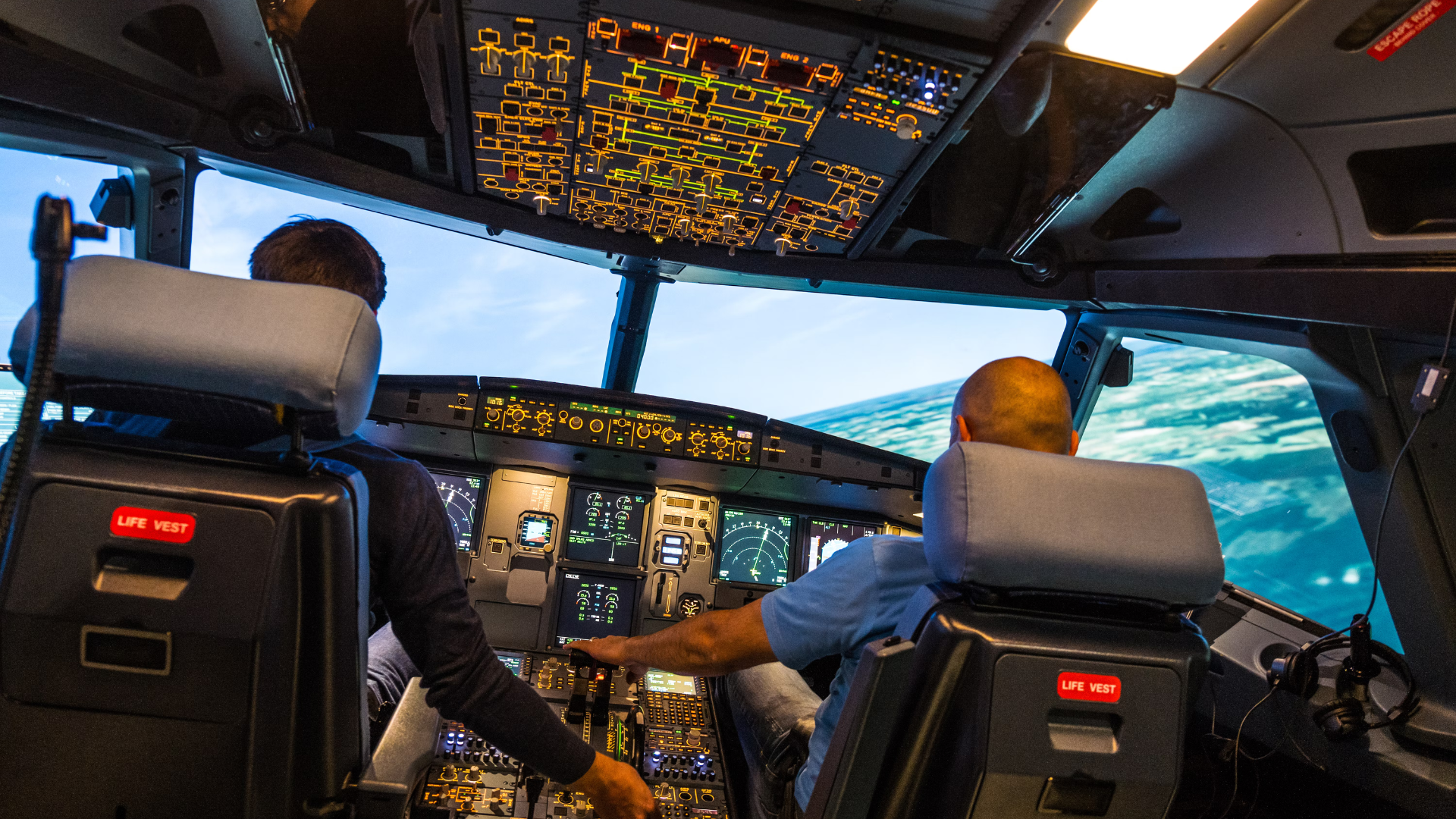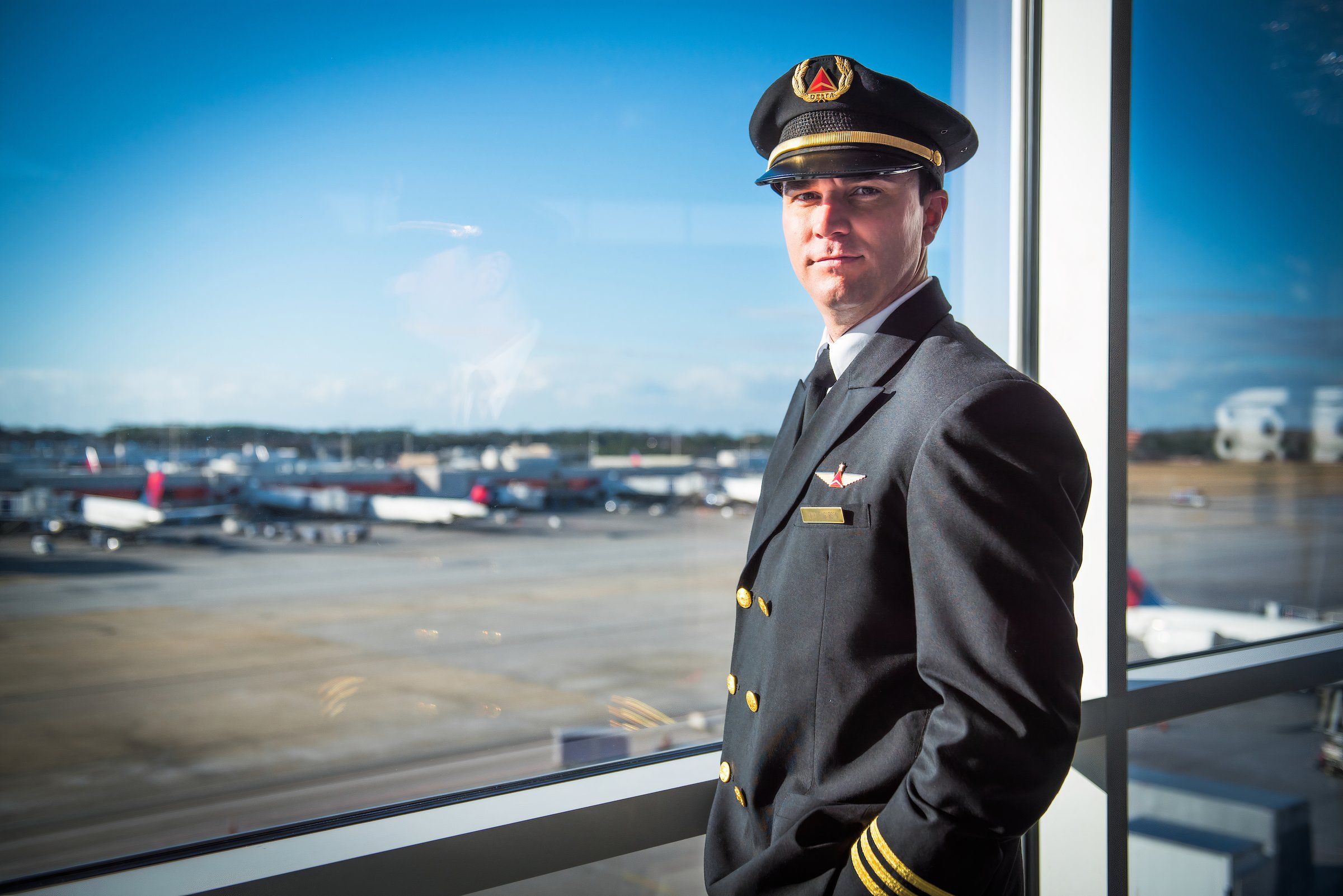Following the events of September 11, 2001, the US Department of Homeland Security enacted the Homeland Security Act of 2001, which directed the Transportation Security Administration (TSA) to develop a Federal Flight Deck Officer (FFDO) program.
Trained and licensed to carry weapons onboard
The FDDO is an airline pilot who is trained and licensed to carry weapons onboard and defend commercial aircraft
against criminal activity and terrorism. The Federal Air Marshal Service runs the program, and officers’ jurisdiction is in the flight deck or cabin on a commercial or cargo airline when on duty. Historically, the preference for FFDO candidates was given to those who had undergone special weapons training by the government or had previous military or law enforcement backgrounds.
Hijacking through history
Looking back through aviation history in the United States, the air marshall program can actually be traced back to the 1960s, when President Richard Nixon ordered armed officers to be deployed following several
hijackings
in 1970. However, despite Air Marshalls now traveling on flights that are deemed high risk, none happened to be onboard the multiple flights that were involved in the deadly terror attacks that struck New York and Washington DC.
Photo: Vincenzo Pace | Simple Flying
Recalling the
9/11 attacks
, 19 Islamic terrorists boarded four flights and deliberately planned to crash them all, causing widespread death and shaking the world. Two of the highjacked aircraft collided with the World Trade Center in downtown New York City
, and another crashed into the Pentagon, the headquarters building of the United States Department of Defense in Arlington, Virginia, on the outskirts of greater Washington DC. 3,000 people died as a result, and it changed the aviation scope and the way we travel forever.
Special selection and training
While the Federal Flight Deck Officer program is similar to Federal Air Marshalls, marshalls are more highly trained and have more expansive powers. The FFDO program is for airline pilots or engineers in both commercial and cargo aviation
. At the time of application, pilots must be in active employment and operating under FAR part 121 (Domestic and Flag Air Carrier Operation). Unfortunately, charter and business jet pilots or flight instructors cannot participate). Applicants must be US citizens and be able to pass extensive background checks and psychological evaluations.
Photo: Mario Hagen | Shutterstock
Onboarding and initial training occur at the Federal Law Enforcement Training Centre (FLETC), which Federal Air Service instructors deliver at its Artesia, New Mexico facility. Specific topics covered within the training include:
- Behavior observation
- Constitutional law
- Defense tactics
- Emergency medical assistance
- Marksmanship
- Physical fitness
- Other law enforcement techniques
Multiple levels of weapons training and re-qualification are required throughout their active service. To be permitted to carry a gun and into the cockpit, those in the program visit the 3,620-acre city at the Federal Law Enforcement Training Center in Artesia. Initial training is spread over five days, beginning in classrooms before moving to firing ranges both inside and outside. During this intense training, pilots will prepare for hijackers to steal their guns and are taught to shoot in both sitting and standing positions.
Photo: Delta Air Lines
Graduates from the Federal Flight Deck Officer program undergo additional training every six months and return to New Mexico every five years for a two-day refresher course.
Passing the Homeland Security Act by a vote of 90 to 9
Following the 9/11 attacks, the United States
Senate quickly passed the Homeland Security Act with a vote of 90 to 9. The ruling was then signed into law by the then-President, George W. Bush. From this, the Transportation Security Administration (TSA) was formed to improve airport security procedures and consolidate all air travel security. Jurisdiction allows the Federal Flight Deck Officers to exercise their authority within specific jurisdictions, which is limited to defending the flight deck on commercial passenger or cargo airliners.
Weapons carried by the FFDO are usually provided by the US Department of Homeland Security
, but they are permitted to purchase their own of a similar type. A popular choice is the Heckler & Kosh USP Compact .40 caliber pistol. The program chose this in 2003 on a four-year contract, and more than 9,600 were dispersed to many FFDOs. However, fast-forward to 2020, and the DHS has transitioned service weapons to 9mm Glock 19 models.
FFDOs are trained not to be drawn out of the cockpit in times of concern and to keep the
cockpit door
firmly bolted until the aircraft can land safely. Pilots are also educated on how to store weapons, such as when in the cockpit, having their gun in a hip holster. However, when on the ground, the gun must be stored in a locked box.
Federal Flight Deck Officers are volunteers and do not receive additional compensation for performing their duties. While the number of armed pilots remains secret, it is estimated that one in ten pilots has undergone training and carries a gun in the cockpit. Their information is not retrievable under normal law enforcement inquiry, and their distribution among airlines and their flight routes remains unknown to protect their identity and the integrity of the Federal Flight Deck Officer program.





